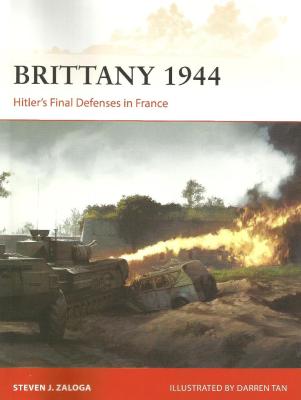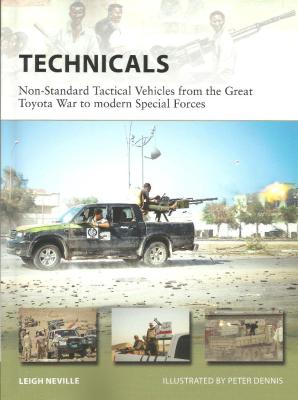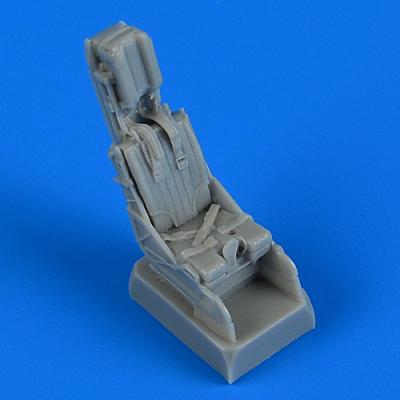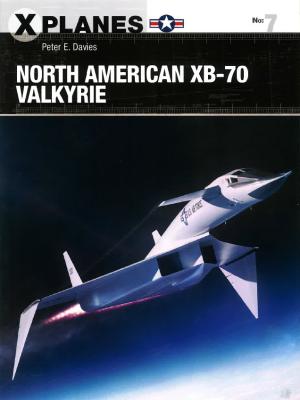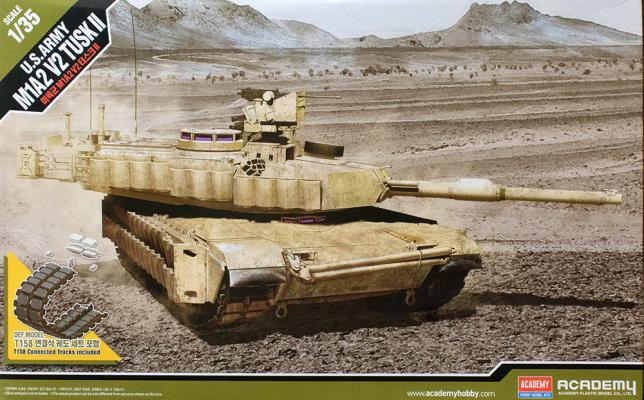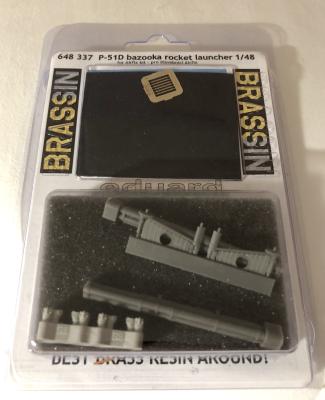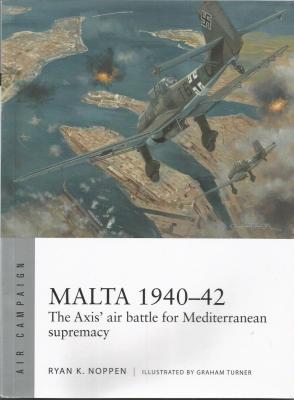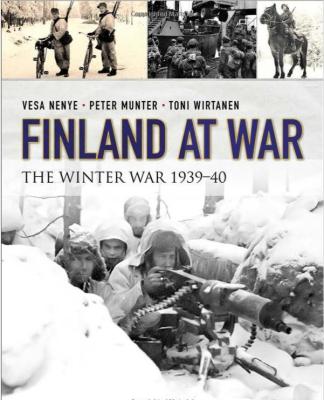I think most military modelers are pretty familiar with the Normandy landings of June 6, 1944 – the single largest endeavor yet by the human race in history. What a lot of people are not familiar with, however, are the strategic needs that came up immediately in the aftermath – mainly, the daunting task of equipping and supplying the massive Allied forces now on the European mainland. For that, they needed more ports of supply, and those were for the most part still in German hands. This book details the grueling job facing the Allies of wrestling these away from the Axis as quickly and efficiently as possible. The Axis, on the other hand, were just as determined to either hold these positions or destroy their usefulness to the Allies before succumbing.
What's New
Modern warfare within the last few decades has seen some remarkable (and sometimes deeply disturbing) changes. For the most part, combat in this century is no longer a matter of state-versus-state conflicts with large standing conventional armies facing off. It has instead devolved into much more local, sometimes tribal skirmishes with small, highly mobile forces either fighting other similar units or challenging large state armies with hit-and-run tactics which are oddly reminiscent of how American citizens fought against the much larger and better equipped British forces during the American Revolution. In a sense, what goes around comes around.
Our friends at BSI sent along a box of current and new releases across their line of CA products. Some of these may be familiar to you, others, like their new Plastic-Cure brush on product, were new to me.
Let’s take a look at the family of BSI products:
BSI-105 Plastic-Cure Adhesive: this new ½ ounce product comes in a bottle with a brush cap. Applied like many solvent based adhesives, it is applied to one of the mating surfaces and cures up in 10-20 seconds. It reacts to the Accelerator product as well, if an instant cure is desired. It won’t fill large gaps but is ideal for joints where the two surfaces make intimate contact (think fuselage seams, upper to lower wing joints, etc.)
Quickboost has added the seats for the AV-8B Harrier to their line of resin aircraft accessories. This latest addition is molded in a grayish resin, smooth, seamless and bubble free. The seat is molded in one piece and is easy to remove from the mold block.
The package states that it is for the Hasegawa kit but it would probably work well with any of the AV-8B Harrier kits. I compared it with the Hasegawa kit. Talk about a noticeable difference, the detail on the Quickboost part is outstanding. From the photos you can see that the Quickboost seat has the belts molded on it and I can’t believe the amount of detail. The seat that came in the kit is so plain and flat while the Quickboost seat is much more detailed.
This is the third book in this new Osprey series authored by Peter E. Davies. The previous tomes include the Bell X-1 (1), North American X-15 (3), Bell X-2 (6), and now this book on the North American XB-170 Valkyrie (7). Peter lives in Bristol, U.K. and as authored or co-authored at least twenty books on modern American combat aircraft, many with Osprey Publishing. He was published by the Naval Institute Press in 1997 with his hardcover book, The Harrier Story, co-authored with Anthony M. Thornborough. His Schiffer Military History hard cover on the Gray Ghosts, U.S. Navy and Marine Corps F-4 Phantoms published in 2000 is considered a must have. Peter published a hardcover book with Crowood Press, North American F-100 Suber Sabre, in 2003. He has also covered many aircraft in Osprey’s Combat Aircraft series, Osprey’s Air Vanguard series, and Osprey’s Duel series.
The Hawker Tempest was a WWII aircraft used mainly by the RAF although a few other country’s flew them. Primarily being used as ground attack aircraft it saw action in Operation Overlord and it was used to target railroads and Luftwaffe aircraft on the ground. The Tempest was an effective low-level fighter interceptor, even against the new Me-262 jet fighter. When the first 100 Hawker Tempest were built they were fitted with the long barrel 20mm Mark II. The rest of the production were built with the short barrel 20mm Mk V cannons carrying 800 round of ammo shooting at 200rpg.
Academy has released an update of their previously released M1A1 kit with the release of a SEP V2/TUSK II kit. Based largely on the M1A2 kit (no. 13298) released in 2016, this version provides some updates. Whereas the previous kit provided three different variants, this kit provides two. They appear to be same vehicle, one with the TUSK add-ons and the other with them removed. The only other difference between the two vehicles is the paint scheme, one is desert sand and the other largely in NATO green. For this build, I prefer the cleaner lines of the traditional Abrams, so I am going to focus on the SEP V2 variant rather than the TUSK.
Recently I was given the opportunity by IPMS USA to review Eduard’s BRASSIN Bazooka Rocket Launchers for the new 1/48 Airfix P-51D kit. One of the first things to notice with this product is the excellent presentation of the packaging with the familiar clamshell box, with the resin parts safely cocooned on dark grey foam inserts, and the instructions sandwiched between the two halves, doubling as the header card.
The set contains:
- Set of resin replacement rocket launchers
- For the rear of the tubes you have either loaded or empty to choose from
- Resin racks to attach to the wings
- Set of PE sway braces
Upon removal of the components from the package you will notice the great level of detail with the launchers and tube assembly boasting some great touches. The rocket launchers and racks are great and their shape is perfect.
The Promo on the Osprey website states, “In 1940, the strategically vital island of Malta was Britain's last toehold in the central Mediterranean, wreaking havoc among Axis shipping. Launching an air campaign to knock Malta out of the war, first Italy and then Germany sought to force a surrender or reduce the defenses enough to allow an invasion. Drawing on original documents, multilingual aviation analyst Ryan Noppen explains how technical and tactical problems caused the original Italian air campaign of 1940-41 to fail, and then how the German intervention came close to knocking Malta out of the war. Using stunning full colour artwork, this fascinating book explains why the attempt by the Axis powers to take the British colony of Malta ultimately failed.”
This book I found to be the most complete and detailed account of the David vs Goliath battle between Stalin’s Russian forces and the small Finish Armed forces. This little known war has always fascinated me and I really enjoyed this book.
The book details the history leading up to the war the full war battle by battle and the aftermath. The details are incredible and there is a short biograph for each of the major players on both sides during the campaign. The table of contents shows the detail.

